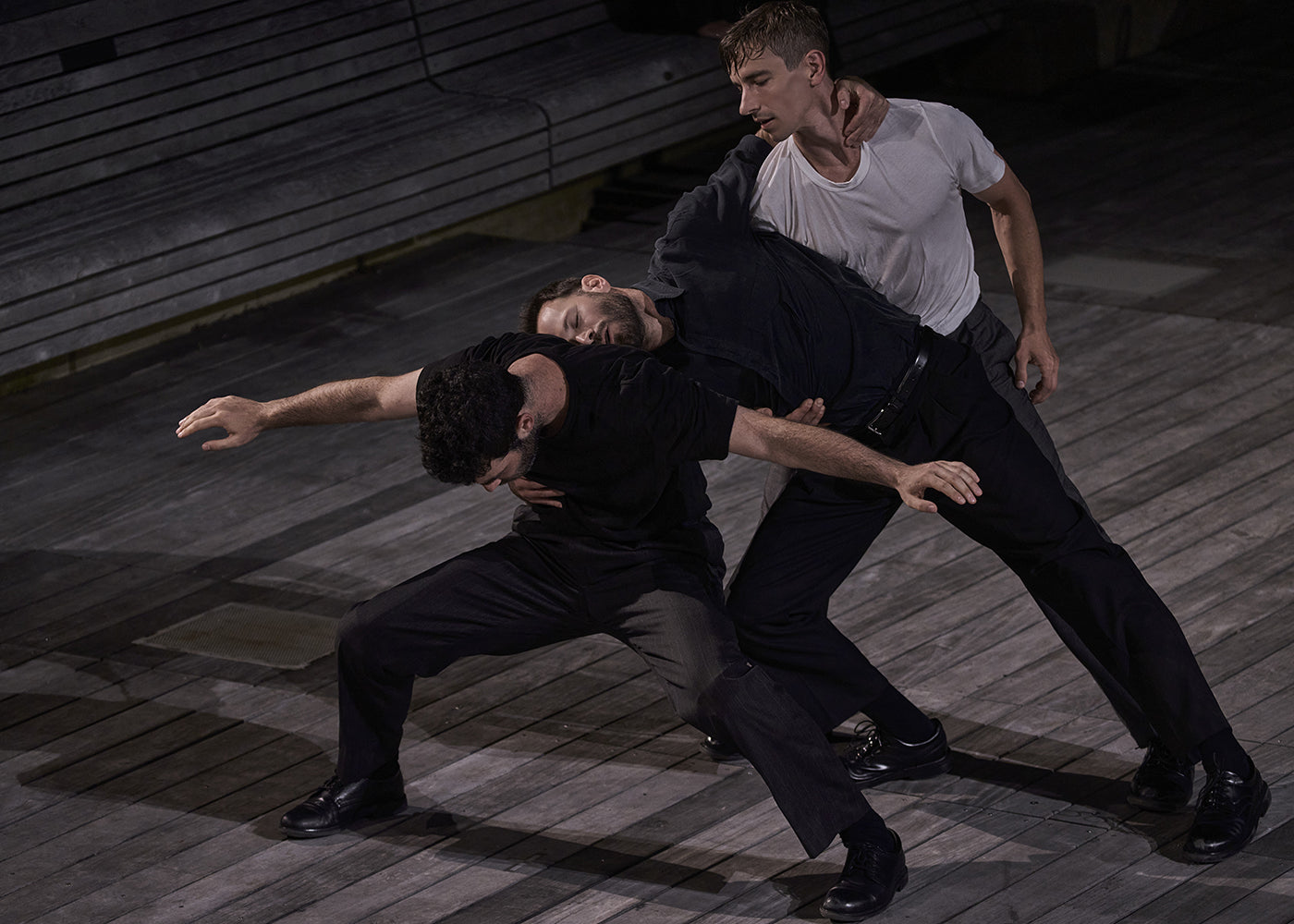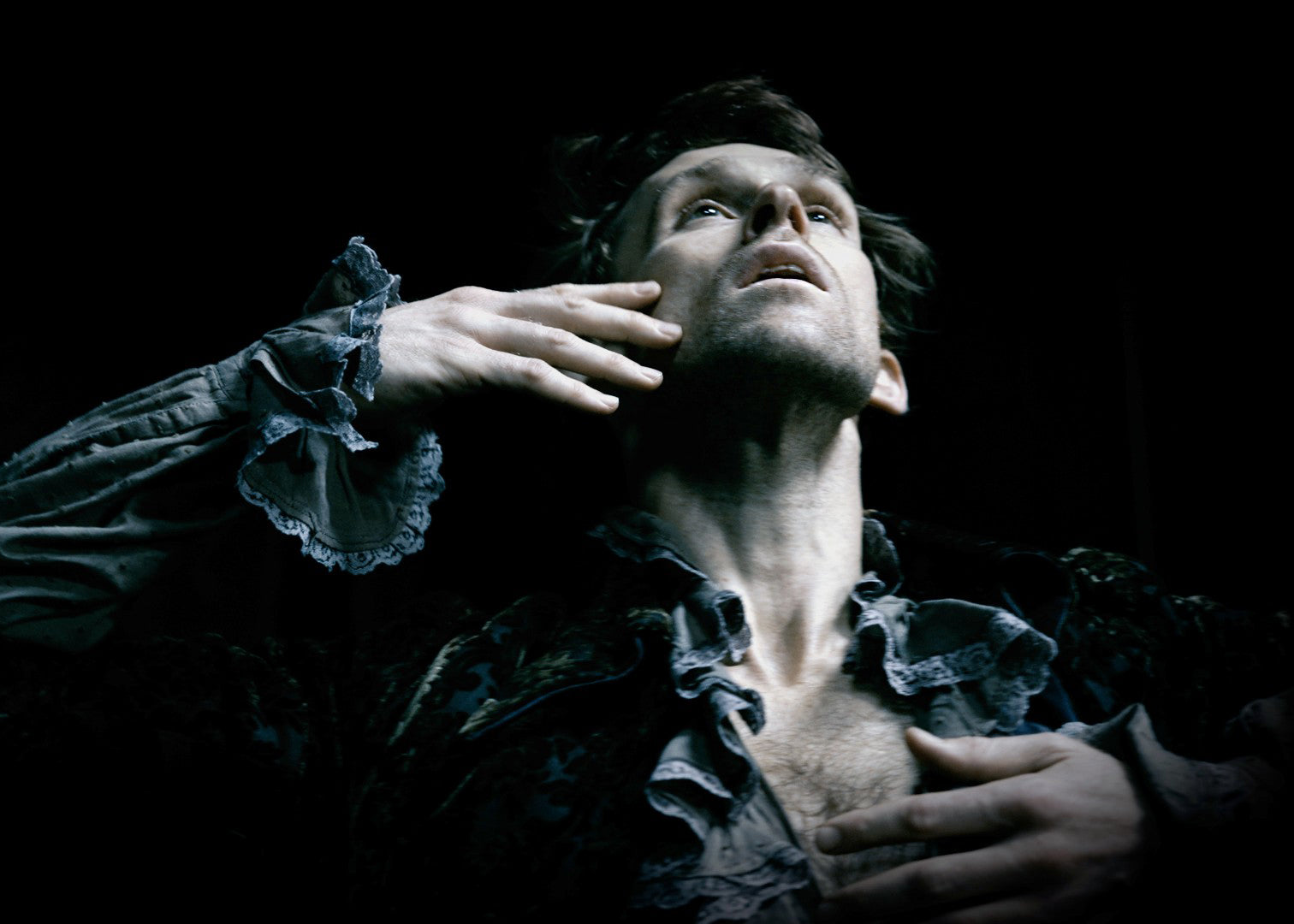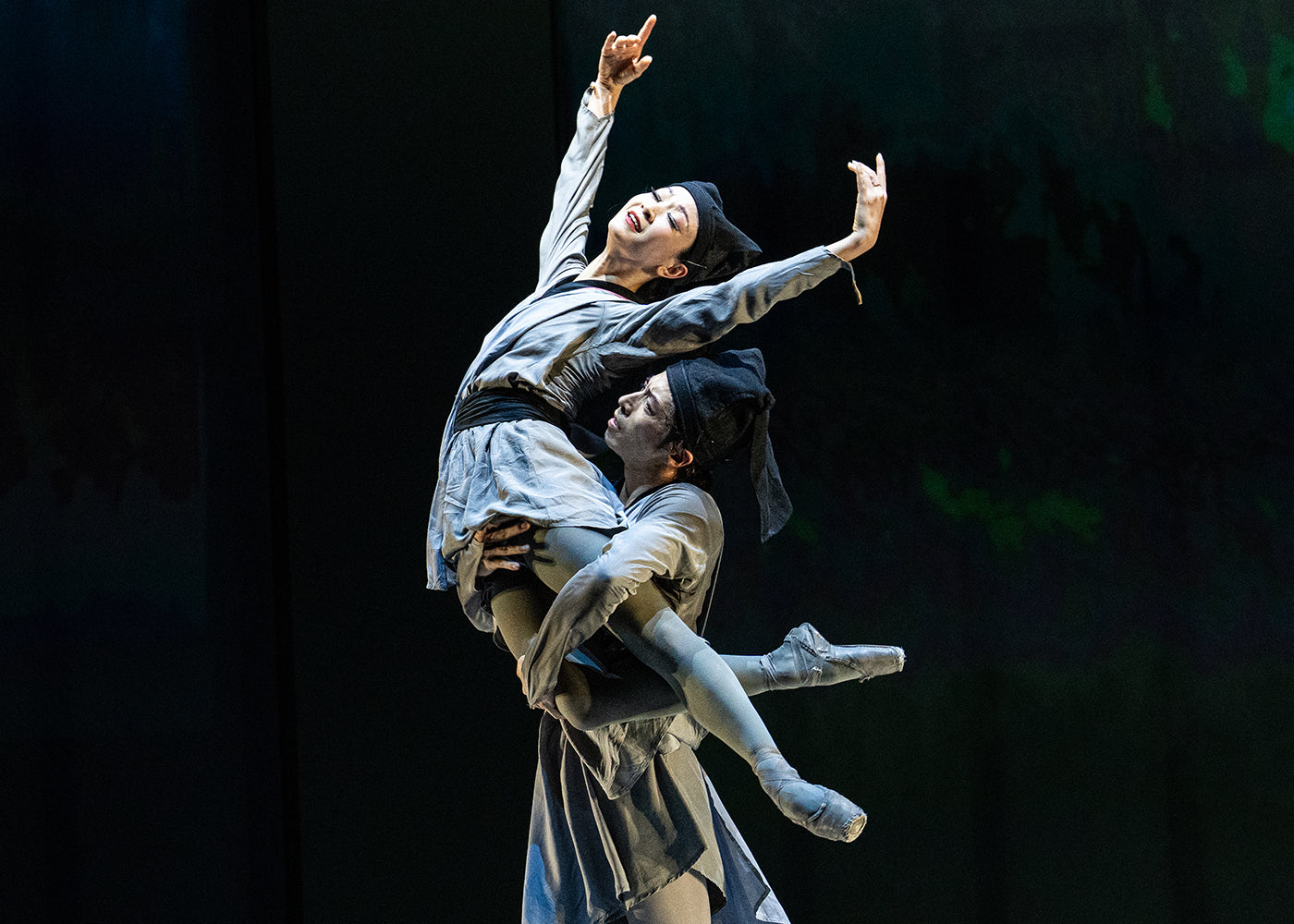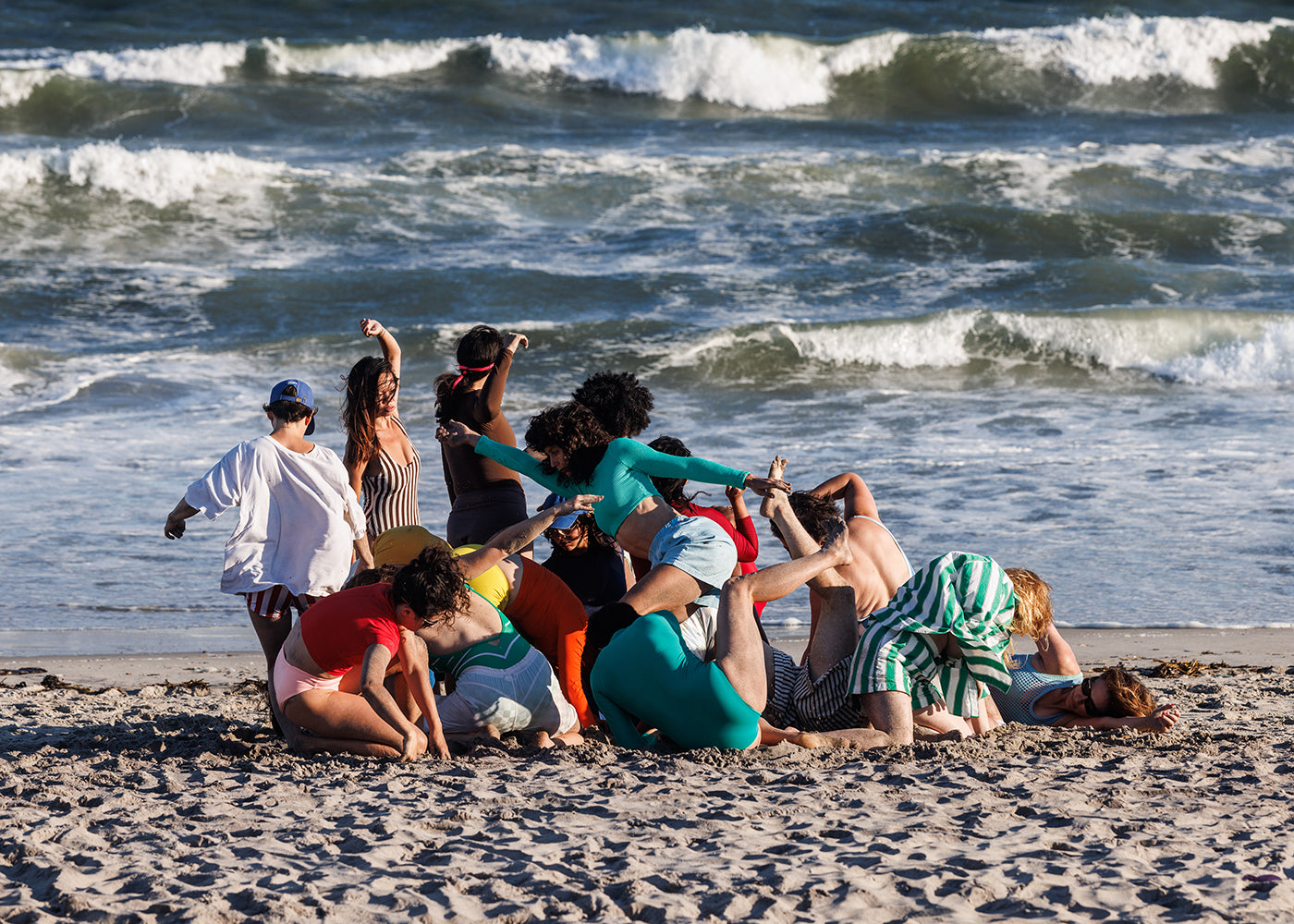Eyal explains in her program notes that she and Behar have long been interested in “bridging the gap between dance, community, and space. They bemoaned the arbitrary distances created by the arrangement of a traditional theater” and hoped that by bringing their club-inspired work into an actual club with an audience present on the dance floor, they could erase these distances and “make the feeling of the work immediately intelligible.”
Environmentally, "R.O.S.E.'s" rave proved successful. After overcoming the initial awkwardness of the evening's beginning, the audience released into the party and cultivated a friendly atmosphere of chatting and dancing.
Ultimately, however, the gap between the choreographed dance and the audience remained present. Normally, as Eyal stated, the distance between audience and performers is created by the space: a theater which physically separates the dancers from the audience. Ironically, in "R.O.S.E.," with the space readjusted to assimilate performers and audience, the choreography, itself—impressive and engaging though it may have been—was what proved divisive.
While the audience was able to give in to the DJ's groove, each time the L-E-V dancers entered, the audience would freeze. Partly, this was because Eyal's dancers are so captivating and their presence demands attention. It was also because their contrast to the audience—their ghostly inhumanness—was so extreme, that it proved to interrupt the sense of community built by the audience, rather than reinforce it. In these moments, the music also changed from rhythmic to lyrical, further emphasizing the separation between audience and performer.
At the end, everyone gathered onstage for one last climactic dance. Even then, although we were all on the same playing field, the L-E-V dancers remained emotionally inaccessible to their fellow ravers. Whilst fist-pumping and shimmying, an L-E-V dancer might suddenly appear right next to you, pulsating spookily. You could easily shimmy up next to her and reach out to grab her hand. Chances are, she wouldn’t see you. These spectacular movers live in a different dimension, entranced by the beat. Physically inches away, their eyes are distant, staring right through you into some invisible, inaccessible void.











comments